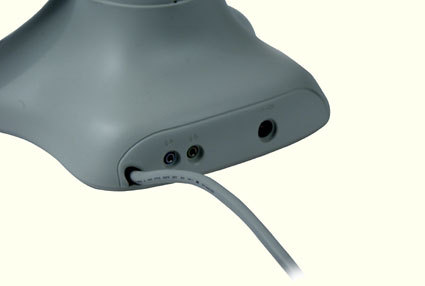Comparison of 15" LCD Monitors - Part II
Continental Edison LCD 15, Continued
But what's happened to the colors? Since the screen is only adjustable by default, they proved to be rather unsatisfactory. All the darker tones were almost black. Fortunately, adjustment of the contrast and brightness makes quite an improvement to the behavior of the screen.
After a few basic adjustments, the screen displayed the grays almost perfectly, as it did with the red and blue patterns. The green spectrum is very poor, however, especially in the darker shades. This affects all the images that are even slightly greenish.
Before adjustment
| Color | Darkest tone displayed | Lightest tone displayed |
|---|---|---|
| Gray pattern | 24 | 251 |
After adjustment (these results proved to be very nearly the same for all the color ranges)
| Color | Darkest tone displayed | Lightest tone displayed |
|---|---|---|
| Gray pattern | 4 | 252 |
| Red pattern | 3 | 254 |
| Green pattern | 5 | 238 |
| Blue pattern | 1 | 255 |
Note that the gray pattern displayed a tendency to display a greenish tinge on the Acer-manufactured panel, which is better understood when you look at the results of the tests for that particular shade. So this spectrum is not as wide as for the other colors.
Without being the best, the screen was nevertheless perfectly OK. It is even one of the best value-for-money LCD screens on the market. It's just a pity that it didn't do better on the color tests. So, as is so often the case, the screen is really most suitable for office applications only.
Get Tom's Hardware's best news and in-depth reviews, straight to your inbox.
Current page: Continental Edison LCD 15, Continued
Prev Page Continental Edison LCD 15 Next Page HP L1520
